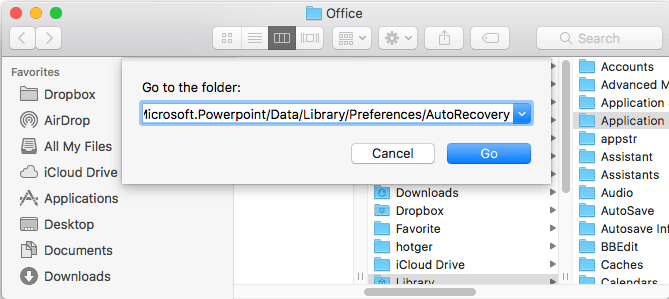

- #Where is my temp folder on mac how to#
- #Where is my temp folder on mac manual#
- #Where is my temp folder on mac mac#
Too many temporary files may result in your Mac performing not the way you expect it to.
#Where is my temp folder on mac manual#
It doesn’t matter which way you choose - automatic or manual - clearing temporary files is what your Mac needs regularly.

It’s called the Caches folder and contains all temporary files along with the cached ones. Let’s locate the folder with temporary files on your Mac.
#Where is my temp folder on mac how to#
How to find and remove temporary files on Mac manually Run the Safe Cleanup feature to find and delete temporary files eating up your disk space. MacKeeper has detected around 4GBs of log and cached files. Take a quick look at the screenshot above. If you’ve selected to empty Trash - click Empty Trash to confirm the cleanup Check all items or review the ones you want to removeĦ. Click Start Scan - wait for the scan resultsĤ. How much do you think it’d take to have the Safe Cleanup feature in MacKeeper detect and clear temp files? Just a few clicks within a few minutes:ģ. Delete temporary files with MacKeeperĭeleting temporary files manually is a time-eater. Plus, the browsers you use, create temp files so the websites load without delay.īut if you have a considerable amount of apps, visit dozens of websites daily and feel your Mac has become sluggish - deleting temp files is what your Mac needs. Apps on your Mac create temp folders, which help apps to work faster. The quantity of temp files depends on the number of apps you use and the number of websites you visit. Temporary files mostly come in the form of apps, systems, browser cache, and log files. This article will talk about what’s behind temporary files and how to delete them effectively.
Often overlooked, they may waste GBs of precious disk space. Temporary files on Mac are not the first thing that comes to mind when you decide to clean up your Mac. How often do you clean your Mac? We’re just asking because junk files, duplicates, and temporary files may occupy more disk space than you can even imagine!ĭownload MacKeeper to do the cleanup more often and also get a daily report to see how your Mac is doing.


 0 kommentar(er)
0 kommentar(er)
